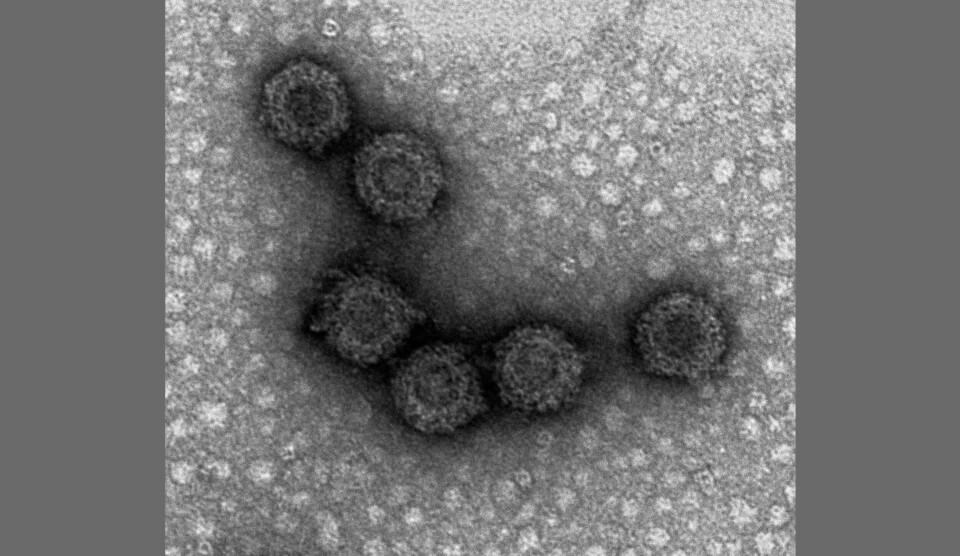
PRV variants have different abilities to harm salmon
A new study shows that different variants of PRV (piscine orthoreovirus) have different abilities to induce heart and skeletal muscle inflammation (HSMI) in salmon.
Piscine orthoreovirus 1 (PRV-1) is known to cause HSMI, and the virus is very widespread in the salmon industry, but not all infected fish develop HSMI.
Furthermore, PRV was detected in Norway as far back as 1988, more than 10 years before the disease HSMI was first described, which leads to the question of why HSMI wasn’t a problem earlier? The virus has also been shown to be widespread in Canada, but there have been almost no reports of HSMI outbreaks.
A research group led by NMBU Veterinary College has worked to answer the question of whether there are differences in the viruses that are the cause of this.
Reviving old viruses
Through a project financed by Norway’s FHF fisheries and aquaculture research fund, the research group has managed to “revive” PRV variants from salmon samples dating back to 1988, 1996 and 1997, i.e., before HSMI was discovered in 1999. The effect of infecting fish with these variants has been compared with two variants taken from the field in Norway in 2018, as well as a variant from British Colombia in Canada.
High and low virulence variants of PRV
According to the researchers, the infection test showed that the historical Norwegian virus variants from 1988, 1996 and 1997 caused less heart inflammation compared to the two variants obtained in the field in Norway in 2018. The variant from Canada caused a similar amount of heart inflammation to that caused by the historical Norwegian variants.
“The experiment showed that all the viruses multiplied very well in red blood cells early in the course, but that the most pathogenic variants led to more free virus in blood plasma than those that gave less disease. The amount of virus in the plasma seemed to be related to how strong the heart inflammation that came afterwards was,” the researchers wrote.
Can we screen for high and low virulence variants?
The research group found differences in the genes of the high- and low-virulence virus variants. Work is now under way to map which varieties are currently found in Norway. Work is also being done to understand the genetic differences that affect virulence and to develop methodologies that can distinguish between high- and low-virulence variants.
“Removing PRV from Norwegian salmon farming will be difficult. On the other hand, in the future it may be possible to implement targeted measures against the variants that cause the most disease. This could be an important and effective strategy in the future to reduce disease associated with HSMI in Norway,” the researchers concluded.
The study was a collaboration between NMBU Veterinary College, the Veterinary Institute, fish diagnostics firm PatoGen, aquaculture research institute Nofima and VESO, which carries out fish trials. The project is funded by FHF (project 901305).
The study is published and available in the journal Pathogens.






















































